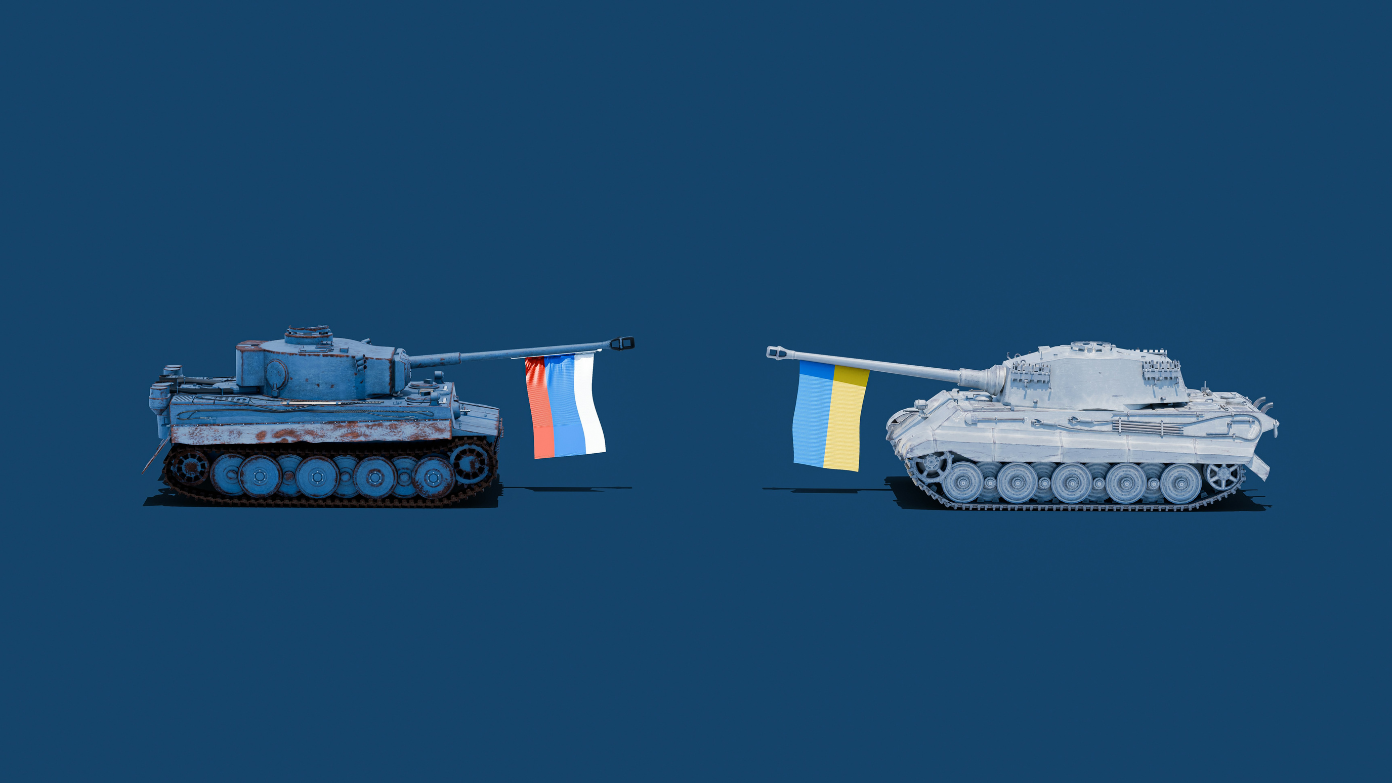The declaration by Russian President Vladimir Putin of a three-day ceasefire between Ukrainian forces and Russian-backed rebels in Ukraine on May 8 has sent new hopeful expectations flying about the possibility of easing of the three-year war. The brief ceasefire, which the Kremlin has billed as a humanitarian gesture in time to coincide with Russia’s Victory Day wartime anniversary celebrations, is weeks into heightened diplomatic outreach by U.S. President Donald Trump aimed at negotiating an enduring peace. Ukrainian officials and Western allies, however, are wary of Moscow’s true motives and caution against concessions that would legitimize Russian land seizures.
Putin’s unilateral ceasefire: A strategic gesture?
The Kremlin announced on April 28 that all combat in Ukraine would cease between midnight May 8 and May 11, reportedly to commemorate the Soviet Union’s victory over Nazi Germany. Putin asserted the move was motivated by “humanitarian considerations,” but Ukrainian officials wrote it off as a tactical gambit unless met by an unconditional retreat. The announcement marks Putin’s second one-sided ceasefire in weeks, following an April 30-hour Easter truce in which each side accused the other of breaching nearly 3,000 times.
The response of Kyiv has been lukewarm. Foreign Minister Andrii Sybiha again reiterated the Ukrainian call for an “immediate, full, and unconditional ceasefire” for at least 30 days, wondering why Russia had to wait until May to propose peace talks. Although Ukraine did not dismiss the May ceasefire categorically, President Volodymyr Zelensky’s government remains skeptical about the sincerity of Moscow, as evidenced by the continuing Russian shelling of Dnipropetrovsk, Sumy, and Kherson despite the Easter ceasefire.
Trump’s diplomatic campaign: Crimea concessions and red line evolution
The ceasefire announcement occurs amid heightened U.S. mediating activity. On April 28, President Trump announced that Zelensky would drop Ukraine’s claim on Crimea-a Russian-occupied peninsula seized by Russia in 2014-as part of a wider peace agreement. “I believe so,” Trump replied to a question about whether Zelensky is willing to surrender the territory, a stark contrast to Kyiv’s traditional refusal of Russian control. While no public account has yet been made available of Zelensky endorsing such a change, Trump has described their recent encounter at Pope Francis’s funeral as “productive,” marking an apparent loosening of earlier tense relations.
Trump’s stance has been criticized as seeming to back Russian demands. American offers are said to include facto acceptance of Russia’s annexation of Crimea and recognition of Moscow’s control over eastern Ukraine, terms Kyiv has consistently refused. Trump’s language has toughened against Putin in recent days, though, as the U.S. president told Moscow to “stop shooting” and negotiate a deal, saying he will walk away from the negotiating table if the talks reach an impasse.
Easter truce and shortages of trust
Weakness of ceasefire agreements was reflected in the collapse of the Easter truce. While Putin provided the April 19–20 halt as a gesture of goodwill, Ukrainian officials pointed to massive violations, including artillery strikes and drone attacks. Moscow also accused Kyiv of violating the accord, reflecting the intense distrust between the two countries.
The American-supported initiative of a 30-day ceasefire, agreed to by Ukraine in March, was rejected by Russia, who insisted on preconditions like the end to Western weapons supplies and limiting Ukrainian mobilization. These preconditions consisted of Moscow’s strategic objective of solidifying ground gains and weakening Kyiv’s fighting capability prior to any long-term deal.
International reactions: Guarded optimism and strategic apprehensions
The European Union reacted cautiously to Russia’s declarations of a ceasefire, demanding concrete proof of de-escalation. “We want to see things done, not speeches,” an EU official stated after the Easter cease-fire, expressing more general Western skepticism. U.S. Secretary of State Marco Rubio declared the next week to be “crucial” for talks to bring peace, though he admitted there are still broad gaps to be bridged.
Ukraine’s allies also complained about potential concessions. French President Emmanuel Macron and German Chancellor Olaf Scholz have emphasized that any deal must respect Ukraine’s sovereignty and territorial integrity, while pressure mounts on Zelensky from within to avoid surrender to Russian ultimatums.
Read more: Where does JD Vance live? Does he own a $1.5M home in this popular city of Virginia?
Read more: Goodbye to the end of tariffs – Here’s the latest from Chinese diplomacy on negotiations with Donald Trump: “China’s stance is consistent”

